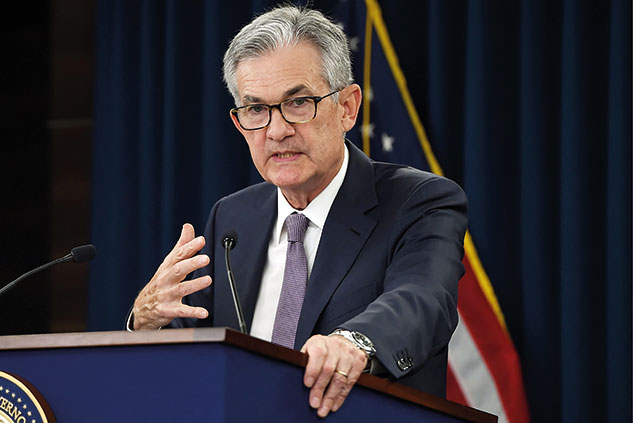
In marked contrast to previous interventions, the widely-anticipated decision to reduce interest rates to a range between 1.75% and 2% made little impression on the markets. America’s S&P 500 was virtually flat on news of the cut. It remains close to record highs.
“Disparate perspectives”
Opinion on the Federal Open Market Committee is becoming increasingly split, notes Paul Ashworth of Capital Economics. While close to one-third of policymakers are projecting another rate cut before 2020, another third actually opposed last week’s cut.
The most recent economic data has been “upbeat” and there are “few signs” of an imminent recession stateside. Many in the Fed still argue that this should be seen as a “mid-cycle adjustment” – designed to ease the economy through a rough patch – rather than the “full-blown loosening” needed to fight a severe downturn. Fed chairman Jerome Powell euphemistically described growing divisions over what to do next as a matter of “disparate perspectives”, says Gavyn Davies in the Financial Times. Powell and many of the Fed leadership appear dovishly-inclined, favouring further “insurance cuts”, but there is growing discontent within their own ranks “about the extent and duration” of the reductions.
Hawks point out that with unemployment at historically low levels, higher wages and more inflation are sure to follow. Indeed, US consumer price inflation has begun to surprise on the upside in recent months, suggesting that the process may already be underway. Yet for the time being the fear of deflation seems to be winning the day.Previous cuts have left the Fed ill-prepared to ride to the rescue in the case of a serious shock. Heather Long notes in The Washington Post that when recessions struck America in the past, interest rates were usually above 5%, allowing the central bank to “cut swiftly – and deeply” in response.
Yet this time around the authorities have used up much of their ammunition already as far as interest-rate cuts are concerned, while printing yet more money would not have the same impact as last time round. The upshot, as Robert Samuelson puts it in the same paper, is that “the Fed may be approaching – or may have already reached – the limits of its economic powers”. The flat reaction to last week’s cut suggest more and more investors are realising this.